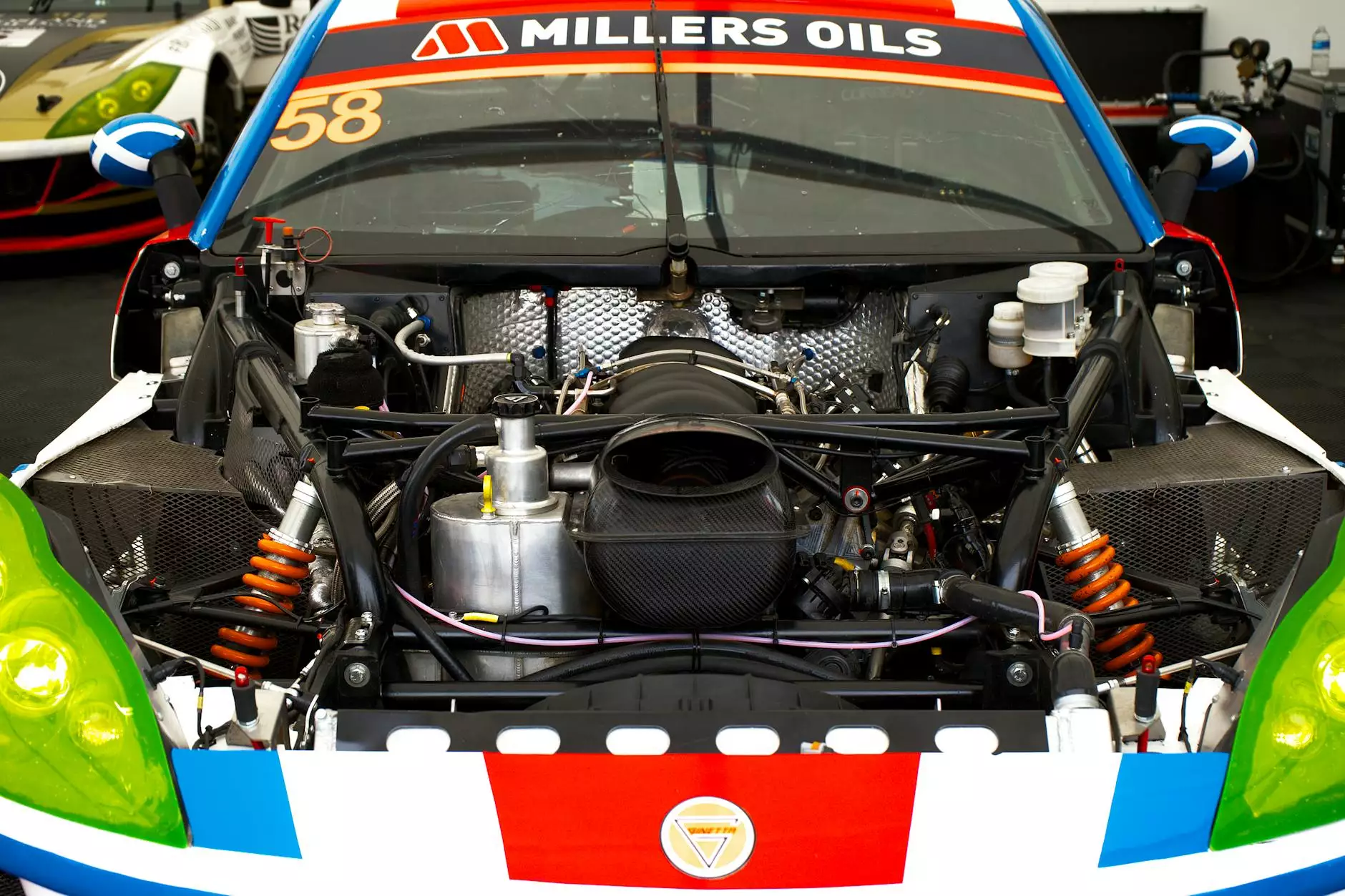The Essential Guide to Western Blot: Techniques, Applications, and Future Trends

The term "Western Blot" refers to a widely used analytical technique that separates and identifies proteins in a complex sample. First developed in the 1970s, this powerful method has become a staple in the fields of molecular biology and biochemistry. Its significance in research and clinical diagnostics can’t be overstated, as it assists scientists and medical professionals in understanding protein expression, disease mechanisms, and therapeutic developments.
1. Understanding Western Blot
At its core, the Western Blot technique involves a series of steps aimed at detecting specific proteins in a sample. This method is known for its precision and ability to provide qualitative and quantitative analysis of protein levels.
1.1 The Principle of Western Blotting
Western blotting operates on the principle of gel electrophoresis, where proteins are separated based on their size before being transferred to a membrane. After transfer, proteins are probed with antibody solutions, enabling the identification of specific proteins of interest.
1.2 The Process of Western Blotting
The Western blotting process comprises several key steps:
- Sample Preparation: Proteins are extracted from cell or tissue samples and denatured.
- Gel Electrophoresis: The denatured proteins are loaded onto a polyacrylamide gel and subjected to an electric field, causing them to migrate based on size.
- Transfer to Membrane: Proteins are transferred from the gel to a solid membrane (usually nitrocellulose or PVDF).
- Blocking: The membrane is treated with a blocking solution to prevent non-specific binding.
- Antibody Incubation: The membrane is incubated with primary antibodies specific to the target protein, followed by secondary antibodies conjugated to a reporter enzyme or signal molecule.
- Detection: The presence of the target protein is visualized through enzyme activity or chemiluminescence, resulting in a detectable signal.
2. Applications of Western Blotting
Western blotting is applied in various domains, ranging from basic research to clinical diagnostics. Here are some notable applications:
2.1 Research Applications
In research settings, the Western Blot technique is instrumental in:
- Protein Expression Analysis: It helps in assessing the expression levels of proteins under different conditions.
- Post-translational Modifications: Researchers can study modifications such as phosphorylation, glycosylation, and ubiquitination.
- Protein Interactions: Detection of protein-protein interactions can be conducted, aiding in the understanding of cellular processes.
2.2 Clinical Diagnostics
In the clinical world, the Western Blot technique is vital for:
- Virus Detection: Commonly used in the confirmation of HIV infections.
- Autoimmune Diseases: Assisting in the diagnosis of diseases like lupus by identifying autoantigens.
- Cancer Research: It aids in identifying tumor markers and understanding cancer biology.
3. Advantages of Western Blotting
Western blotting offers several advantages, particularly in its accuracy and specificity:
- High Specificity: The use of antibodies allows for specific detection of target proteins.
- Quantitative Analysis: The method provides quantifiable results through densitometry.
- Versatility: Adaptable for various protein sizes and types, making it a favorite method among scientists.
4. Limitations and Challenges
Despite its many advantages, the Western Blot technique is not without its challenges:
- Time-Consuming: The process can take several hours to days from start to finish.
- Technical Expertise Required: Proficient skills are necessary to achieve reliable results.
- Detection Limitations: Low abundant proteins may be difficult to detect without optimization.
5. Innovations in Western Blotting Methodology
As research continues to evolve, so do the methodologies within Western blotting. Innovations in this field aim to improve sensitivity, specificity, and overall efficiency:
5.1 Automation and High-Throughput Systems
Advancements have led to the development of automated blotting systems. These innovations reduce handling times and increase reproducibility due to minimized human error.
5.2 Enhanced Detection Methods
New developments in detection agents, such as more potent fluorescent tags and chemiluminescent reagents, enhance the sensitivity of the method, allowing for the detection of lower concentrations of proteins.
5.3 Multiplexing Techniques
Multiplexing allows the simultaneous detection of multiple proteins within a single sample. This innovation can save time and sample volume, making it an efficient addition to Western blotting.
6. Future of Western Blotting
The future of Western Blot lies in integrating technologies such as mass spectrometry and next-generation sequencing. These integrations could provide complementary data, leading to a more profound understanding of proteomics and molecular biology.
6.1 Personalized Medicine
As personalized medicine continues to grow, Western Blot can contribute by allowing clinicians to tailor treatments based on individual protein expressions or mutations in pathologies.
6.2 Advancements in Antibody Technology
Ongoing research in antibody development is likely to yield better affinity and specificity, enhancing the reliability of Western blot analysis in both research and clinical settings.
7. Conclusion: The Lasting Impact of Western Blot
In conclusion, the "Western Blot" remains a pivotal technique in the realms of molecular biology and biochemistry. Despite its limitations, its advantages and applications make it indispensable in both research and clinical diagnostics. As innovations continue to arise, the future looks bright for this beloved technique.
For professionals in the field, staying updated on advancements and integrating them into your workflows could enhance your research capabilities and lead to significant breakthroughs in understanding protein dynamics, disease mechanisms, and therapeutic avenues.









